|
Individual Taxes
The 2017 federal law reduced
the top marginal tax rate
to 37% from
39.6%
|
|
Individual Taxes
The 2017 federal law reduced
the top marginal tax rate
to 37% from
39.6%
|
|
3.
Who Should Pay More?
|
Top 1% > $771,100
Taxable Income Next 4.0% > 308,600
Taxable Income
|
Total Federal, State and Local Taxes Paid by Quintile
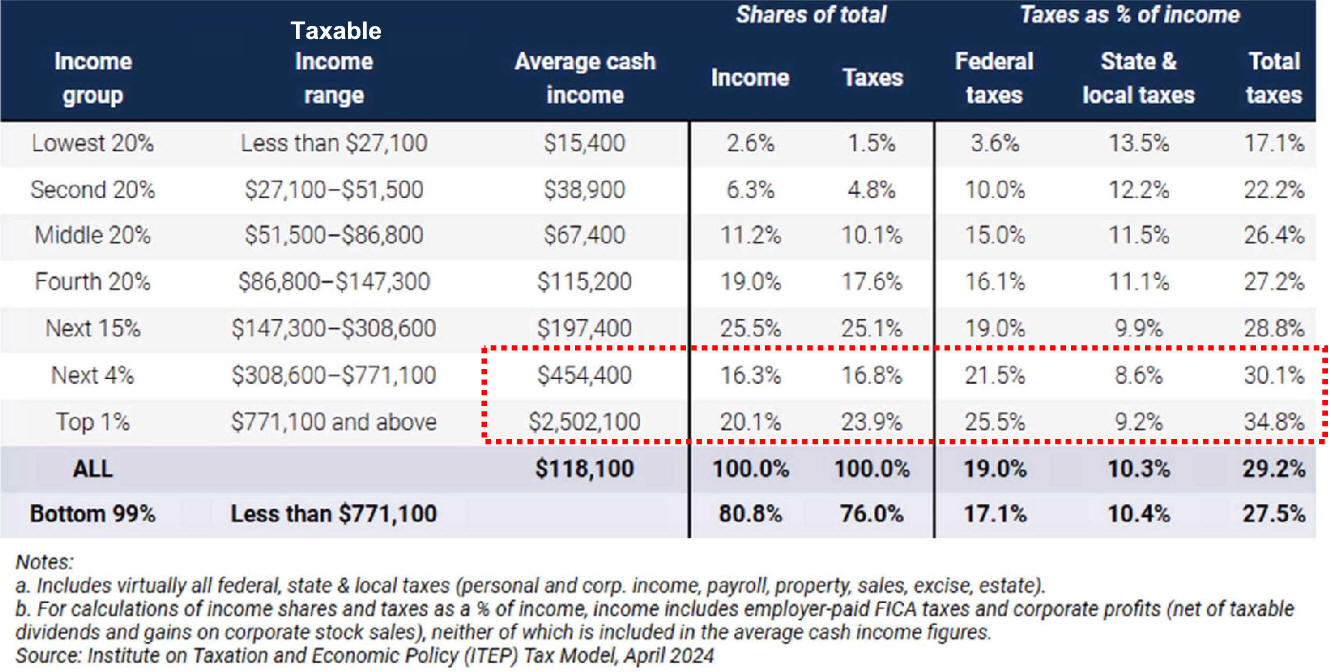
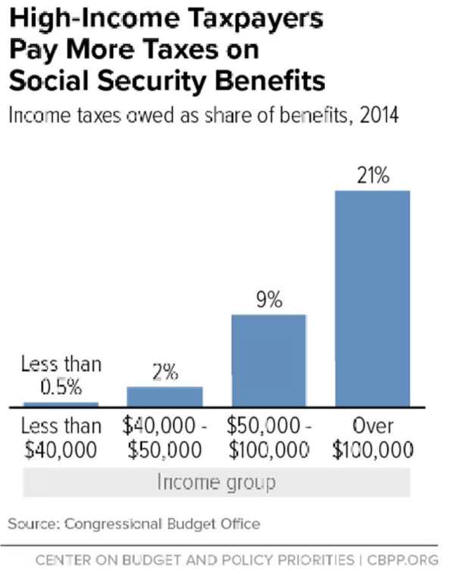
|
|
|||
How
Marginal Tax Rates Work
Earn
another $1000
taxable income, See Taxing the Rich
|
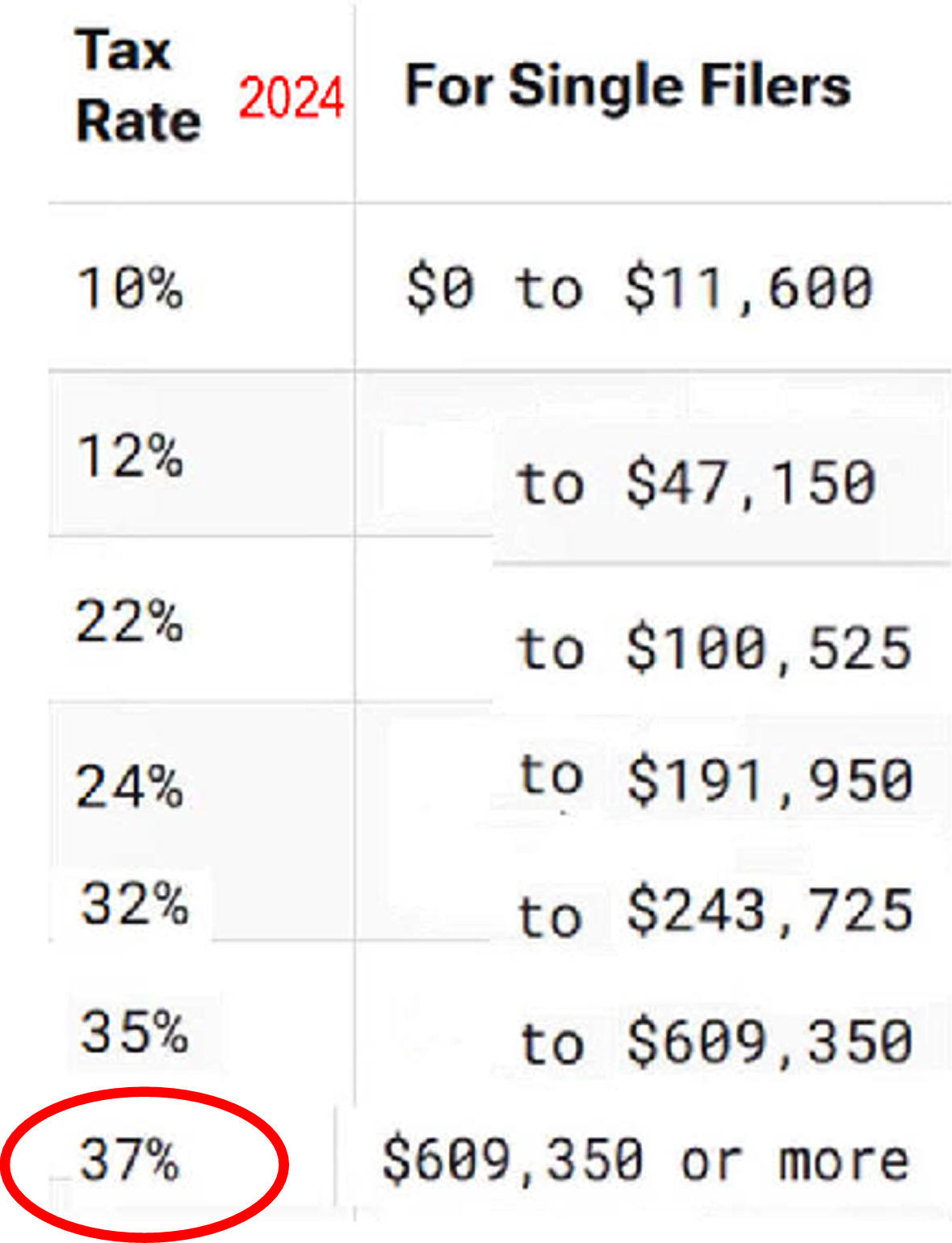 |
||
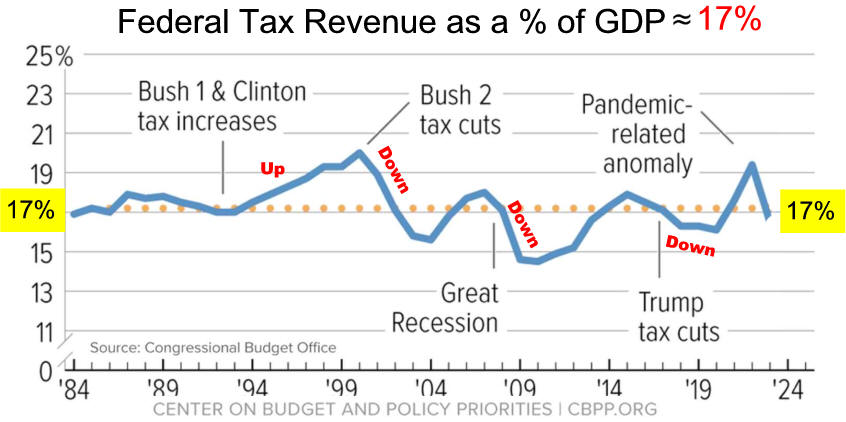

System Seems Progressive
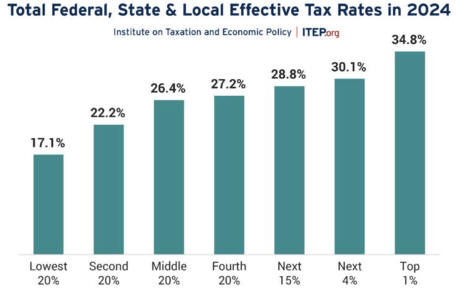


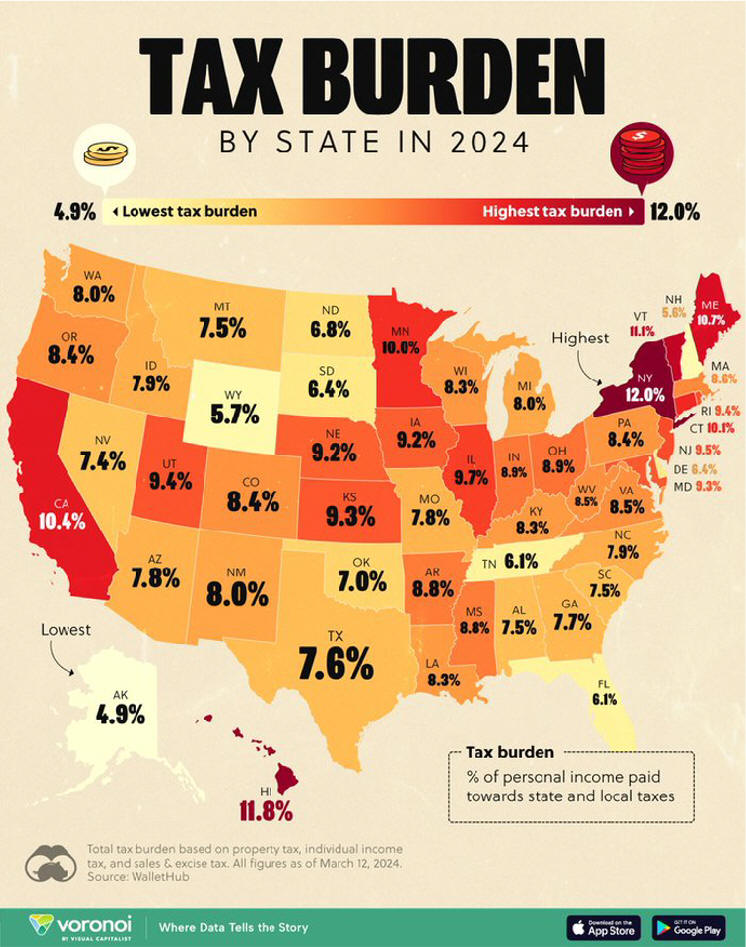
|
If 2017 tax law not extended
|